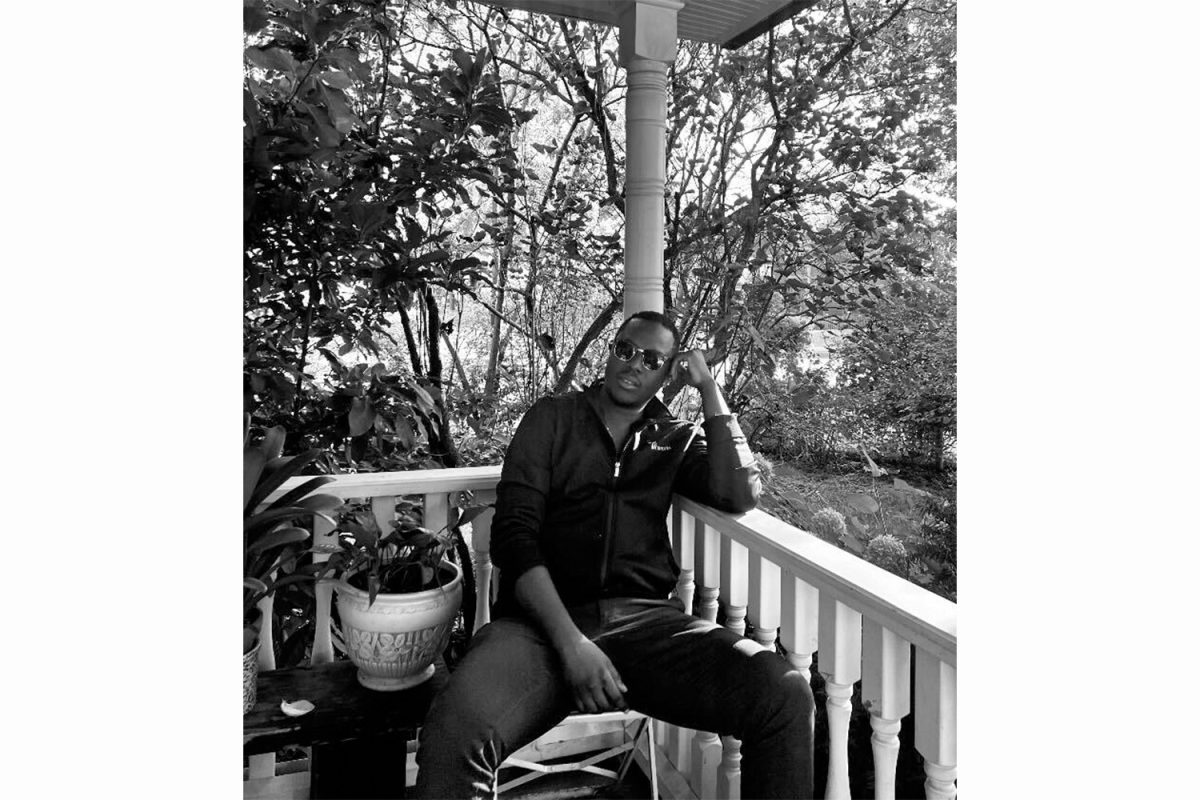When filmmaker Kristian Day decided to create a documentary about a piece of Iowa’s culture, he turned to Templeton, Iowa, and its famous drink — Templeton Rye whiskey.
After all, it was rumored to be gangster Al Capone’s favorite, so the story had to be a good one.
"The people of Templeton, Iowa, have a huge amount of pride about their whiskey," said assistant film director Alesha Damerville.
A screening of Capone’s Whiskey: The Story of Templeton Rye will take place at 7 p.m. Friday and Saturday and at 3 and 5 p.m. March 4 at the Bijou. Admission is $7 for the general public and free for students with vaild IDs.
The town’s culture lies in the story of Templeton Rye — a concoction originally distilled there during Prohibition.
The popularity of the now-legal rye whiskey is booming, and the company still uses the original recipe from Templeton. The 80-proof drink sells for approximately $40 a bottle, but it isn’t easy to find because the bottles quickly fly off vendors’ shelves.
"People go crazy for it," Day said. "You can’t even find it anywhere."
While popular for its Iowa roots, a detail overlooked by many, especially in Templeton, is the whiskey is actually distilled in Lawrenceburg, Ind. The whiskey is then shipped to a smaller distillery in Templeton for aging and bottling.
"Some people are a little upset about it," Day said. "But in some ways, they kind of look past that and see the [partner] company as a way to carry on the tradition of Templeton Rye."
For Day and his film crew, unfolding the mystery behind the Prohibition-whiskey era wasn’t easy.
Family histories and secrets that live in Templeton are loyally kept by its 300 some residents. Day and his crew made trips from Des Moines to Templeton around four times a week for months, searching for documentation of the whiskey’s production during Prohibition in the 1920s and early ’30s.
"The last names in Templeton, Iowa, have been the same last names for 100 years," Day said. "[It was one of] the only things that was written down in the town’s centennial book from 1982, but it had no names."
He quickly learned that he wasn’t going to find any written proof of the illegal distilling and needed to find the voices of Templeton. The voices that could build Day’s story were hesitant to tell the long-lasting myth of Templeton Rye.
"It was kind of tough," Damerville said. "We had to talk people into talking to us. It’s not your typical interview, in which people are excited to talk about it. Some of these people are in their 90s and were afraid that the Mafia was going to come get them [if they spoke]."
Building a relationship with the community was a large part of the film team’s work. Day said he hung out in the streets of the small town, hoping to learn more during every visit.
When some of Templeton’s older folks decided to talk, Day focused on keeping a comfortable atmosphere. Much of the documentary is shot in cozy living-room scenes, without light kits, microphones, or heavy-duty video equipment. This suited the film’s modest $21,000 budget, although that still presented its own challenges.
"We would be sitting on the floor, almost like we were the grandkids getting told these stories," Day said. "They would sometimes have some beer or whiskey with us; a lot of the old-timers still drink the bootlegger stuff."
As the subjects revisited these memories, Capone’s Whiskey was born.
"There’s a lot of the story that’s still not in the movie, more out of respect to the people [in Templeton]," Day said. "The goal was not to take away from what Templeton Rye is, the myth of it. I’d rather have an amazing interview from someone than get some juicy dramatic evidence."
While the film may exclude some private or incriminating details, it does delve into the way of life of the people who experienced Prohibition. One of the scenes in Capone’s Whiskey retells one of the few stories that Day learned from a documented news clip.
The crew recreated a story of a farmer who fell asleep in his barn while brewing a batch of bootleg whiskey and the fire underneath the boiler set the barn on fire. As the barn began to burn, the farmer rushed to save his equipment and the barn itself.
"You really feel a lot of what these guys had to deal with during the Depression just to stay afloat," said re-enactment actor Jeremy Ray Smolik.
To tell his story, Day and his crew got permission to burn down a barn near Templeton that a landowner had planned to raze. Area firefighters were present while the scene was shot to ensure the group’s safety, and Smolik acted as the sleepy farmer as Day shot the scene.
"As an actor, you try to get into the character, even if it’s a lot of improv," Smolik said.
The team that created Capone’s Whiskey see this story as an important piece of Iowa’s culture. Day, Smolik, and Damerville all grew up in Iowa, but the young film artists said they learned a lot about Iowa’s history during the project.
"I never thought that when I decided to do filmmaking that I would be doing one about Prohibition-era whiskey," Damerville said. "But it’s great — I love talking about it. It’s a great conversation starter."






